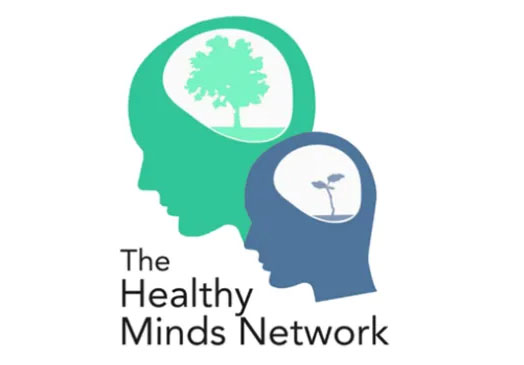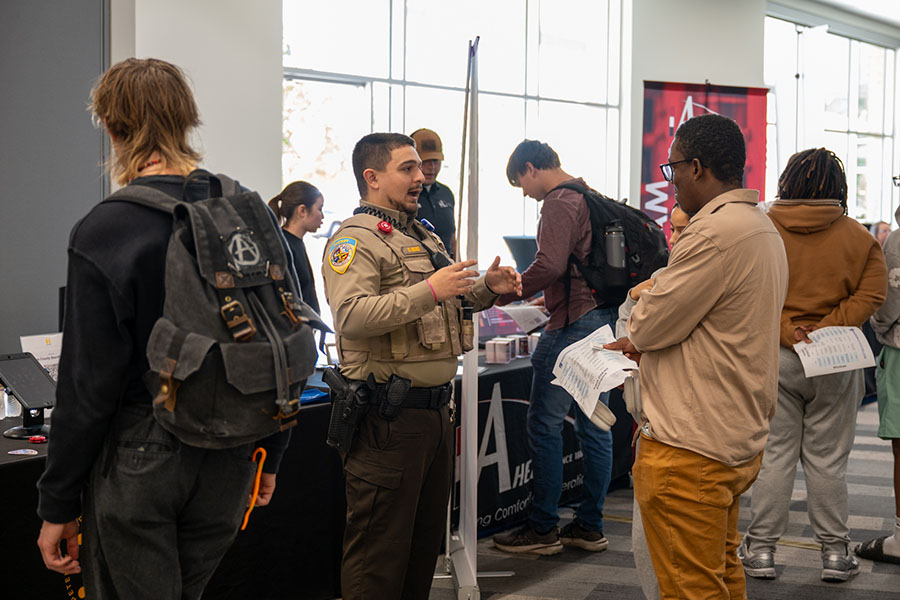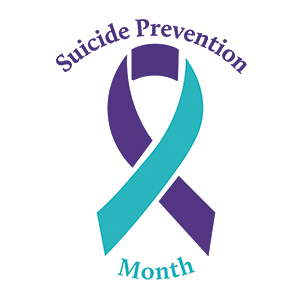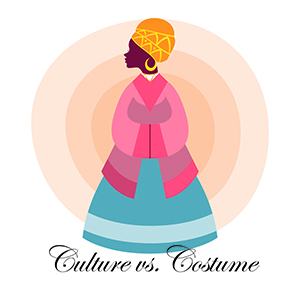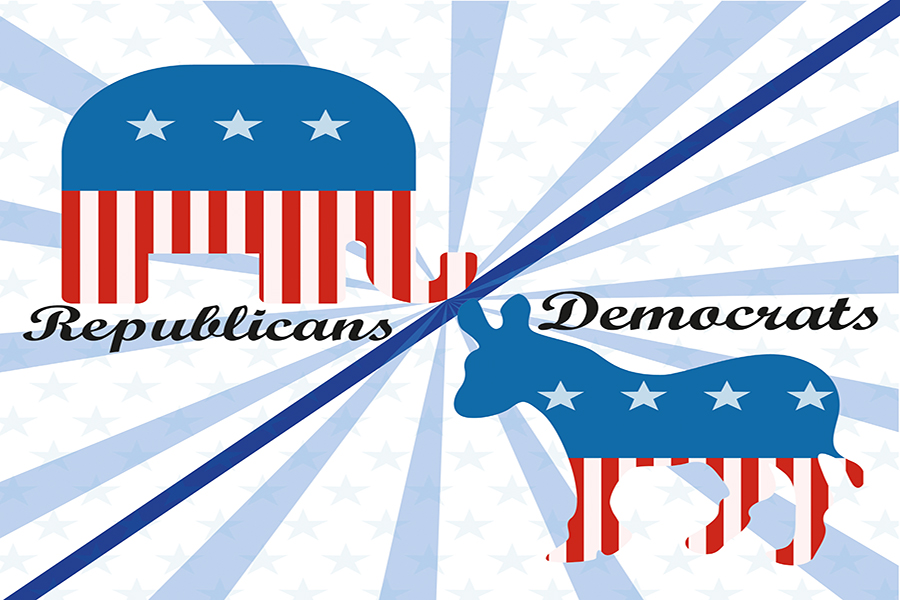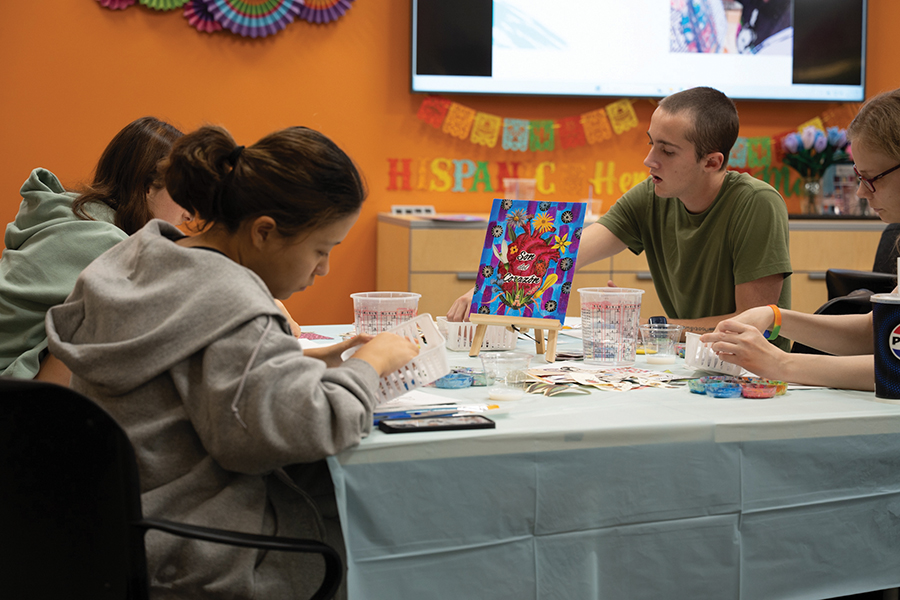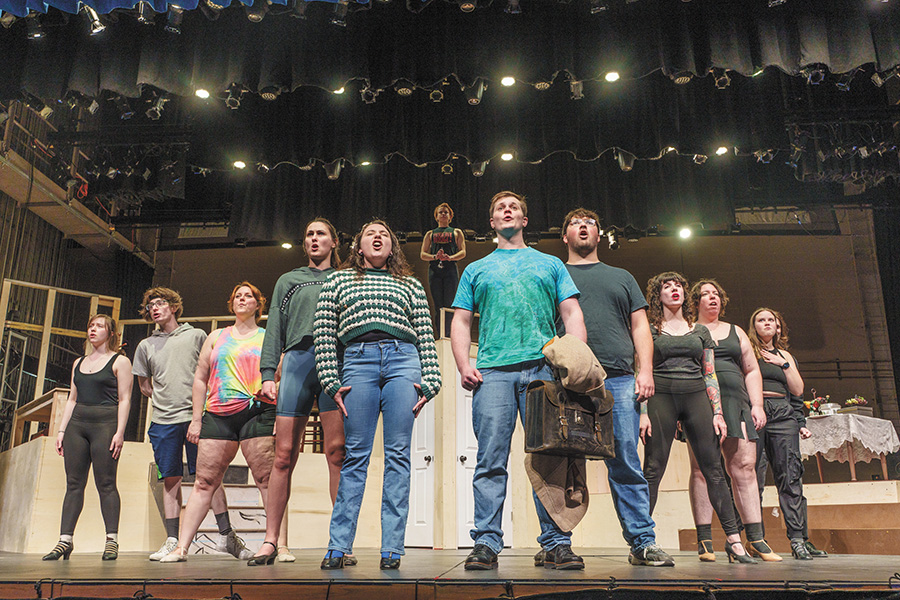The United States is facing a dangerous combination: a rise in political violence and a Congress paralyzed by partisan gridlock. Both trends feed into each other, creating a cycle in which Americans fight among themselves. At the same time, their leaders pursue party victories, private interests and personal gain.
Violence fueled by division
In recent years, political polarization has spilled beyond cable news and social media into the streets and even into our homes. In 2022, an intruder broke into House Speaker Nancy Pelosi’s San Francisco home, fracturing her husband’s skull with a hammer while shouting “Where’s Nancy?” Prosecutors later revealed the attacker had absorbed online conspiracy theories and acted out of political rage.
That same rage nearly cost Michigan Gov. Gretchen Whitmer her life. In 2020, the FBI foiled a militia group’s plot to kidnap her at her vacation home. The men built explosives, trained with firearms and openly discussed executing the governor. Their plan never came to fruition, but a jury convicted the ringleaders, sentencing them to decades in prison.
The most visible moment of political violence came on Jan. 6, 2021, when rioters stormed the U.S. Capitol to block certification of the presidential election. The attack left five people dead, nearly 140 police officers injured, and millions of Americans shaken by how fragile democratic institutions suddenly seemed.
Polarization has not spared Republicans either. Former President Donald Trump survived multiple assassination attempts in 2024, including one at a Pennsylvania rally where bullets grazed his ear and killed a supporter standing nearby. Just this fall, conservative activist Charlie Kirk was shot and killed while speaking at Utah Valley University. Authorities called it a political assassination, and leaders from both parties condemned the murder as an attack on democracy.
Minnesota has also felt the toll. In June, former state House Speaker Melissa Hortman and her husband were murdered in their home by an armed man targeting Democratic lawmakers. That same night, State Sen. John Hoffman and his wife were shot and wounded. Federal agents described the killings as “targeted political assassinations the likes of which have never been seen in Minnesota.”
Each of these incidents shows what happens when political differences are treated as a license to dehumanize opponents. But the damage is not limited to politicians.
Every day people are caught in the middle
Political violence does not stop at the Capitol or the governor’s mansion. It reaches into communities, schools, workplaces and even homes. Local election workers have faced harassment and death threats for simply doing their jobs. Teachers and librarians are threatened over book choices. Protesters from both sides often clash in the streets, sometimes with deadly consequences.
Ordinary citizens often pay the steepest price. Families are torn apart when political disagreements become personal feuds. Friendships break down over partisan divisions. Online, neighbors and co-workers trade insults as if they were sworn enemies. Surveys show that many Americans now fear political violence happening in their own communities, and a growing number admit they are less likely to run for office or even vote because of those fears.
When polarization becomes the dominant lens, regular people become collateral damage. The focus shifts from solving problems to winning battles, leaving Americans stuck with weaker laws, fewer protections and an atmosphere of constant hostility.
Congress divided
The same polarization fueling violence also paralyzes Washington. A study of Congress from 2008 to 2021 reveals that bipartisan lawmaking has declined sharply. In 2008, nearly a third of all bills passed had support from both parties. By 2021, that number had been cut in half.
Major laws, such as the Affordable Care Act under President Obama and the Tax Cuts and Jobs Act under President Trump, were passed without a single vote from the opposing side.
Both relied on procedural shortcuts to bypass debate. Those victories may have been celebrated as wins for one party, but they were a loss for the democratic process, with the lack of broad support leaving the laws unstable and subject to repeal or dismantling whenever power shifts.
Instead of building long-term solutions, Congress has become increasingly dependent on partisan tactics. When Democrats are in power, they move to undo Republican priorities. When Republicans gain control, they work just as quickly to dismantle Democratic ones.
That cycle leaves Americans with laws that lack durability and policies that swing wildly from year to year.
Everyone feels the cost. Businesses face uncertainty when tax codes change with each administration. Families lose healthcare protection when political winds shift. Communities are left without a consistent policy on everything from infrastructure to education.
A shared responsibility
Polarization thrives on the idea that the “other side” is the enemy. But history shows that no side is immune to violence, and no community is safe from its effects. Democrats, Republicans and Independents alike have been targeted, threatened or silenced.
Some leaders are quick to denounce violence, others keep stoking it because it riles up their base. It might score points in the short term, but it leaves real people paying the price. At some point, they must stop treating division as a strategy and instead focus on the hard work of governing through cooperation.
Ordinary citizens also bear responsibility. Rejecting conspiracy theories, resisting the pull of echo chambers and remembering that political opponents are still neighbors and co-workers are all small but necessary steps.
The road ahead
Suppose America is going to break this cycle. In that case, leaders must focus less on private interests and partisan victories and more on serving the public. They must resist the temptation to divide for personal gain.
Every time Congress passes a law with bipartisan support, every time a disagreement is settled at the ballot box instead of through threats or violence, the country moves closer to stability.
The alternative is grim.
A democracy that cannot function legislatively and cannot keep its leaders’ safe risks losing the trust of its people.
The message is clear. Polarization and political violence are a lose-lose scenario. They destroy lives, undermine democracy and erode the trust that holds this country together. If America is to preserve its democratic ideals, its leaders and citizens alike must prove that ballots and dialogue, not hammers and bullets, are the way forward.

